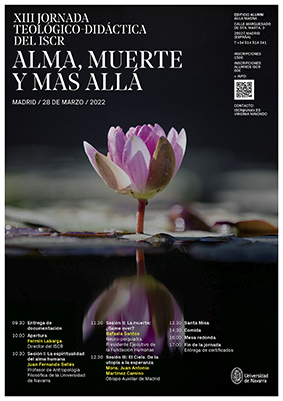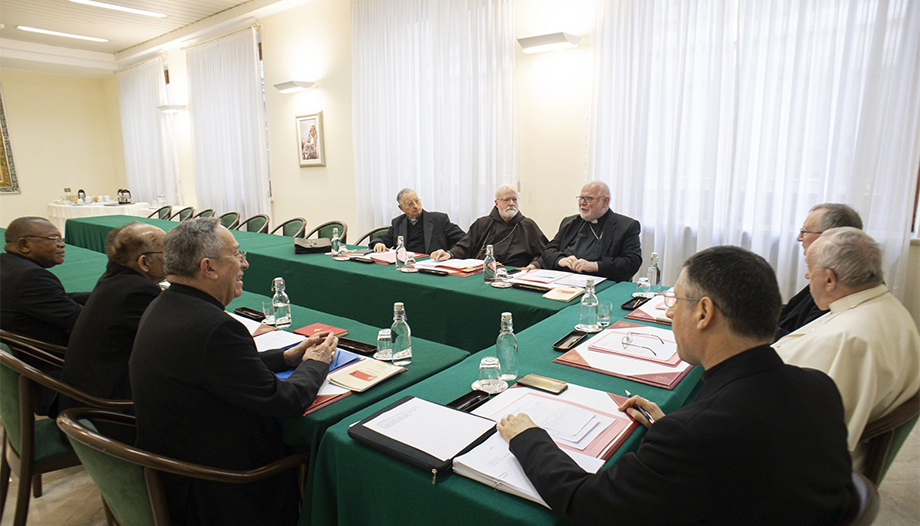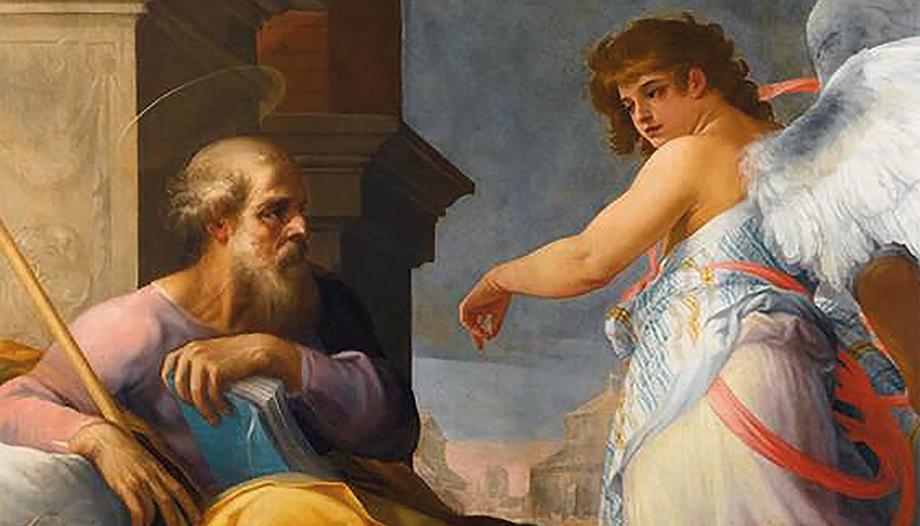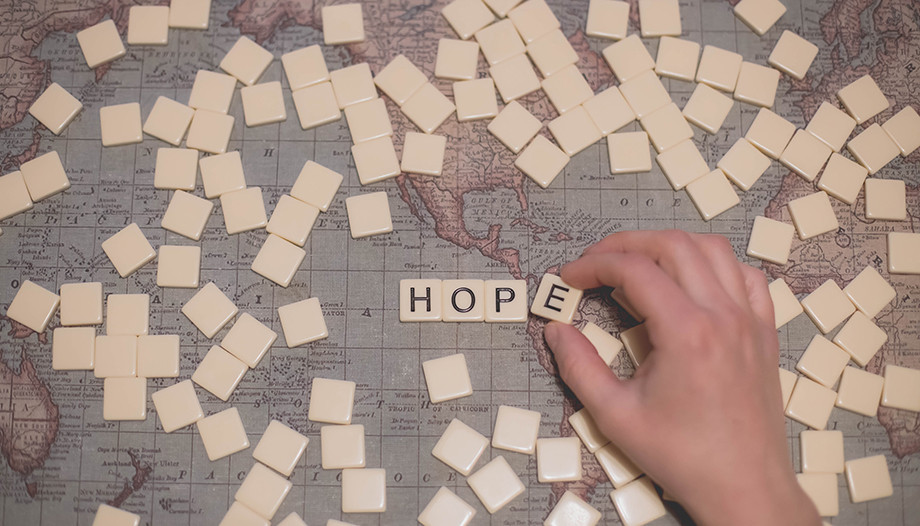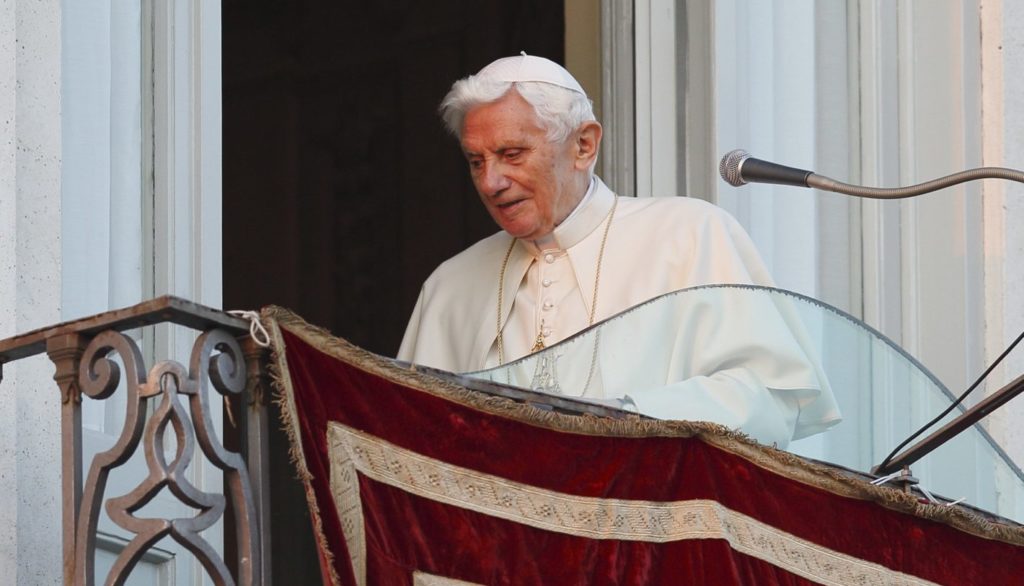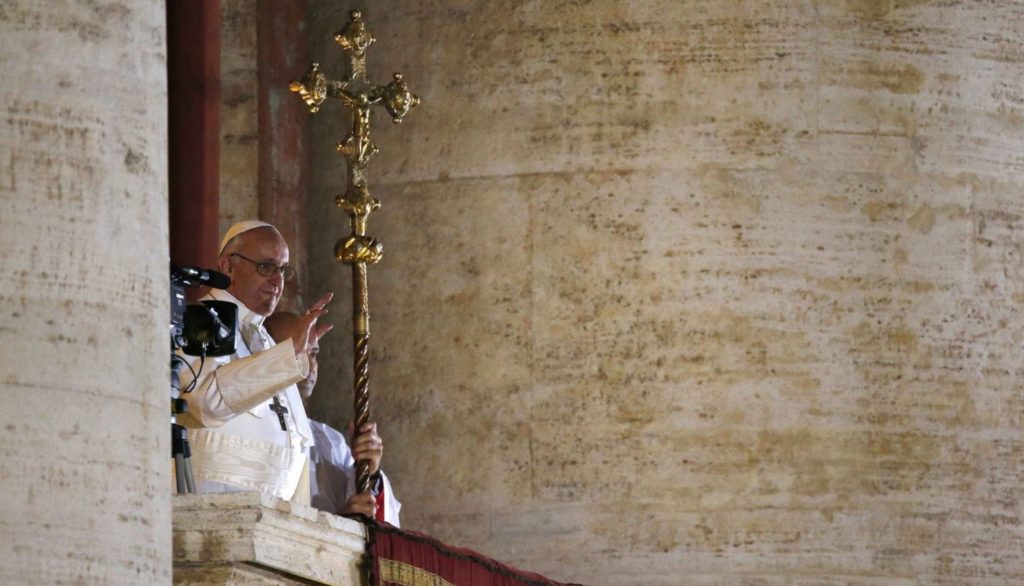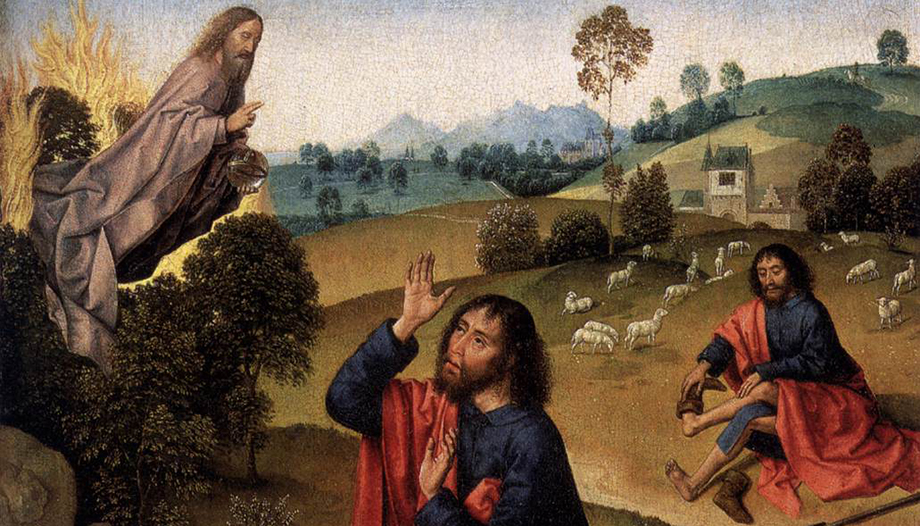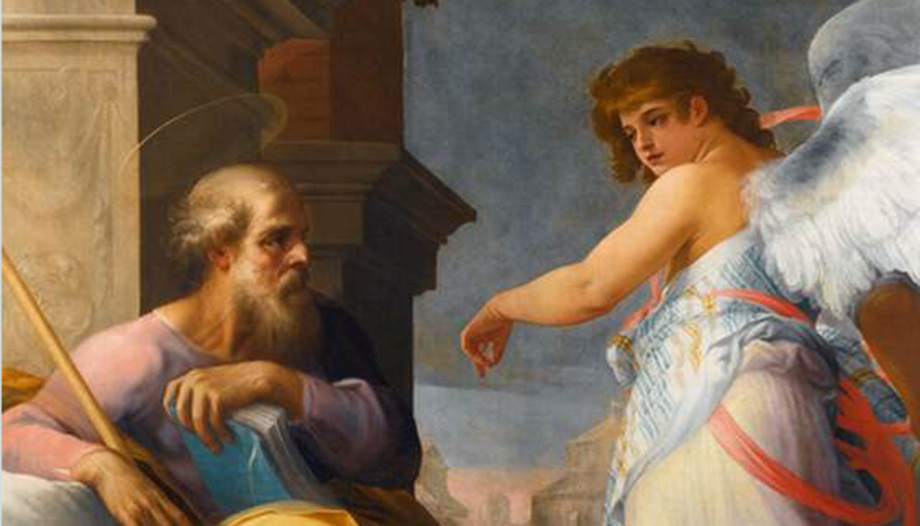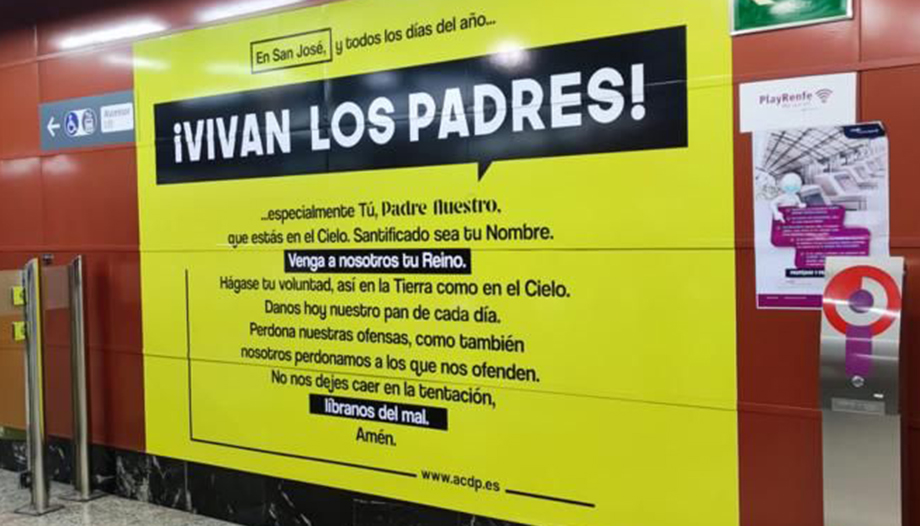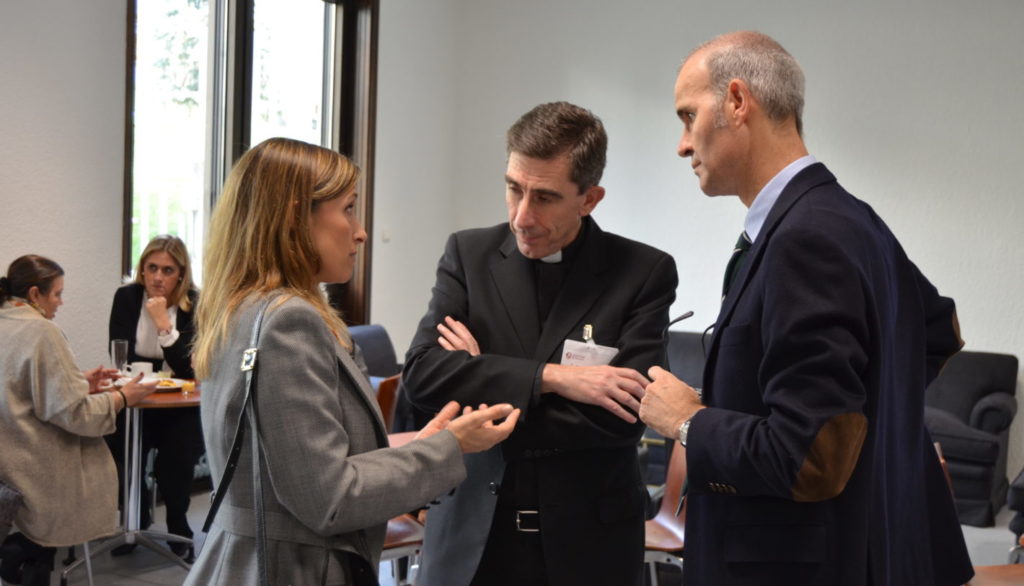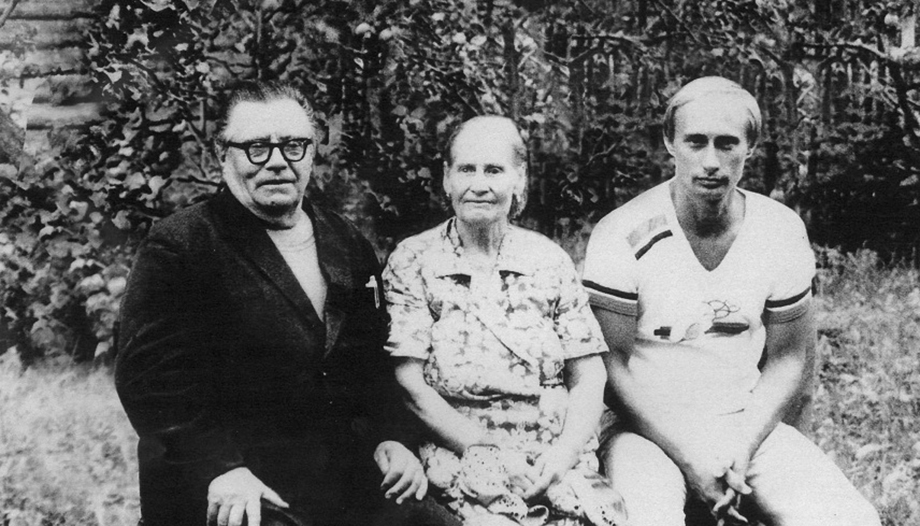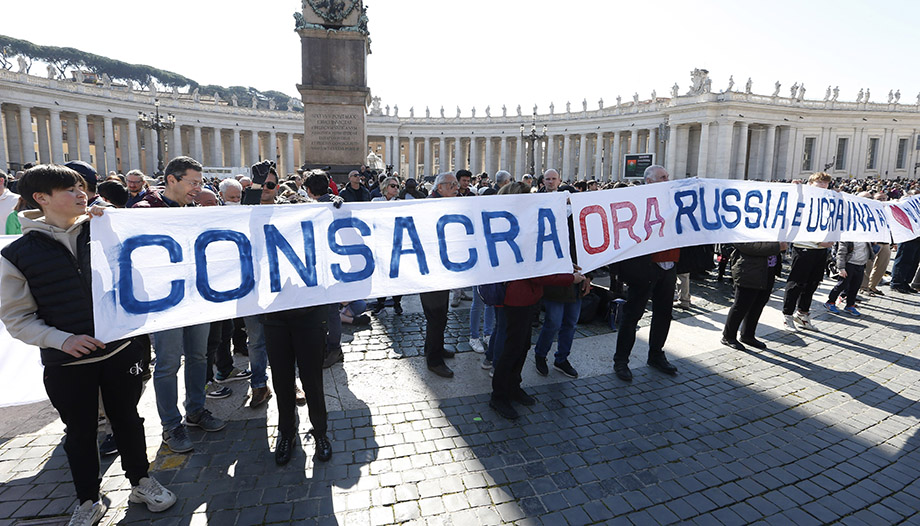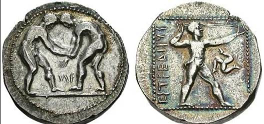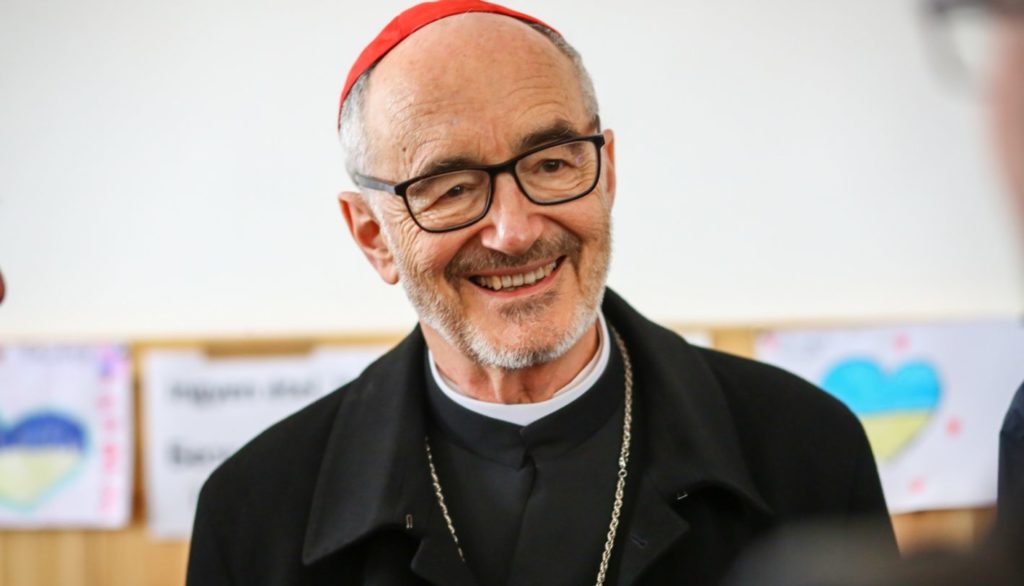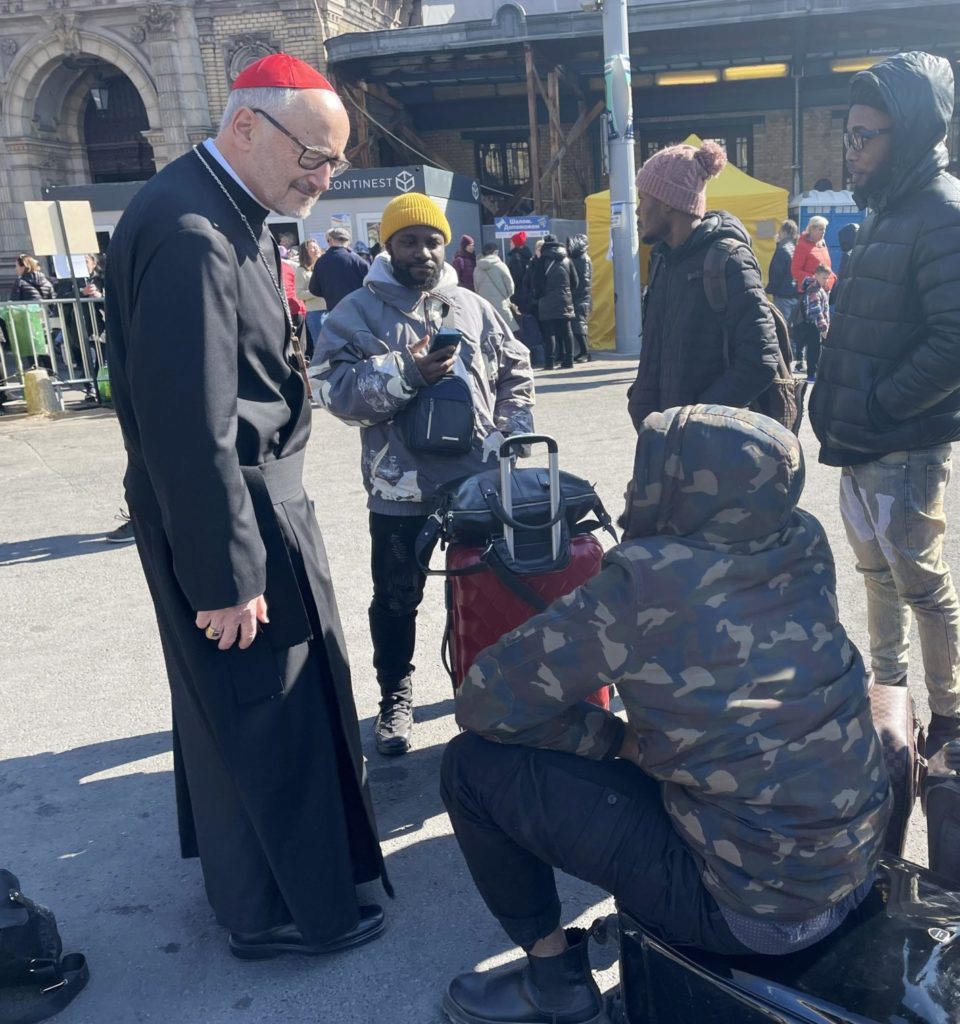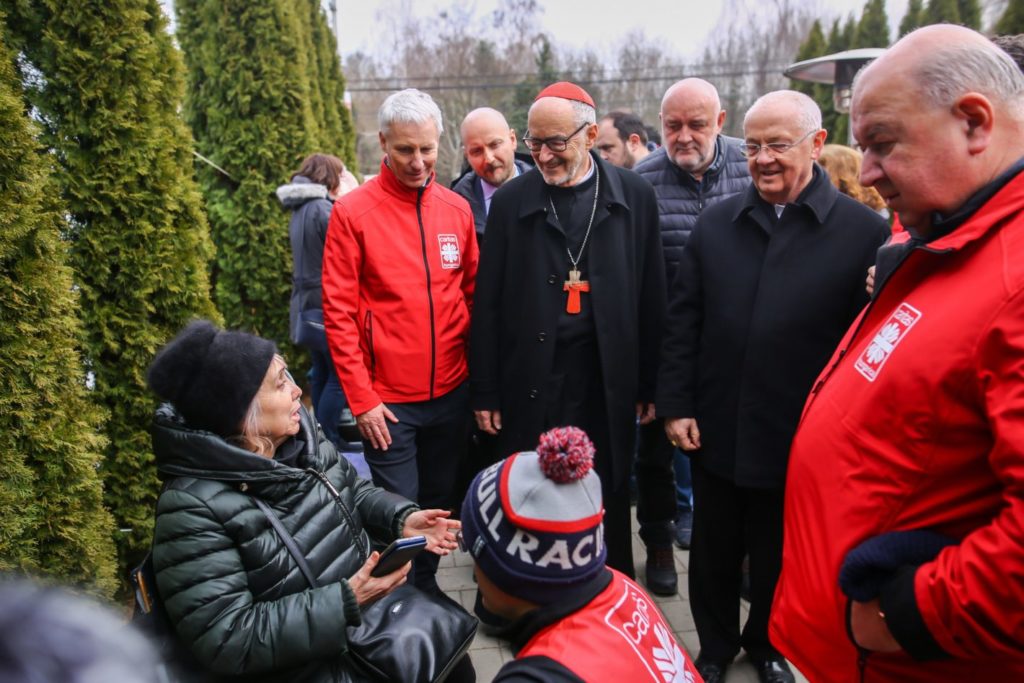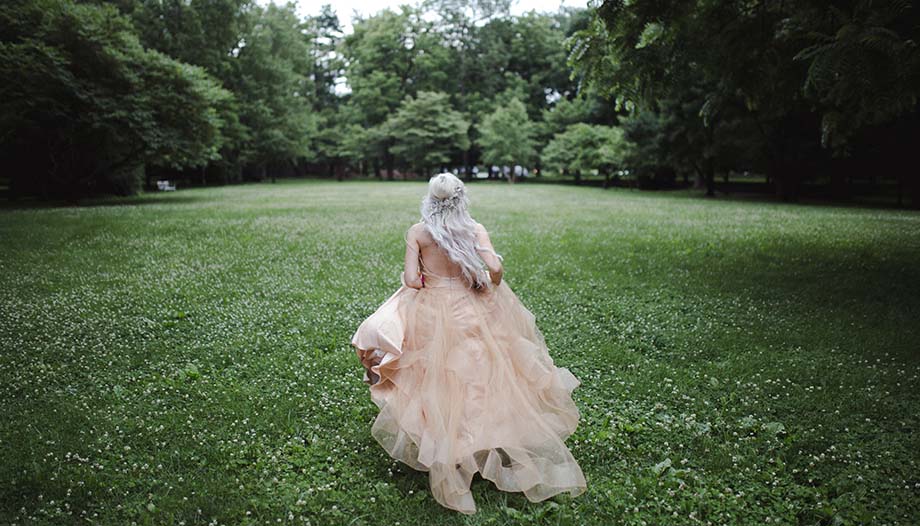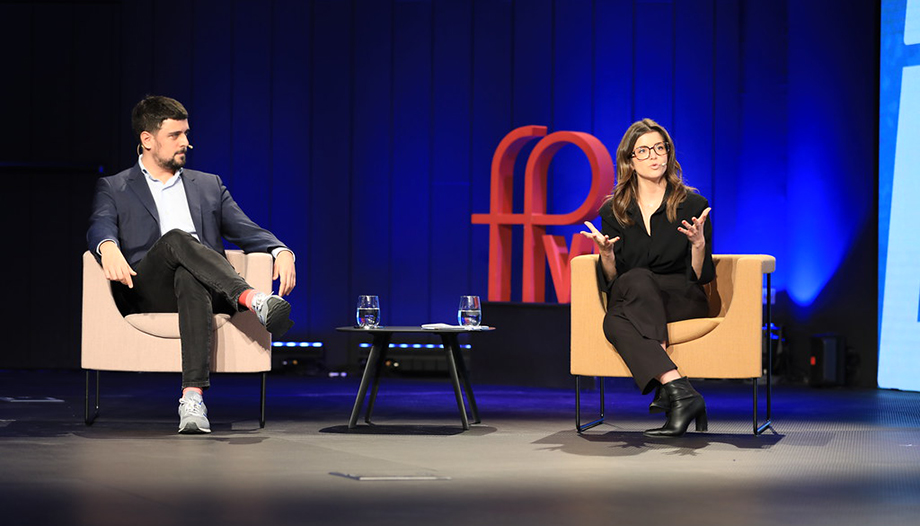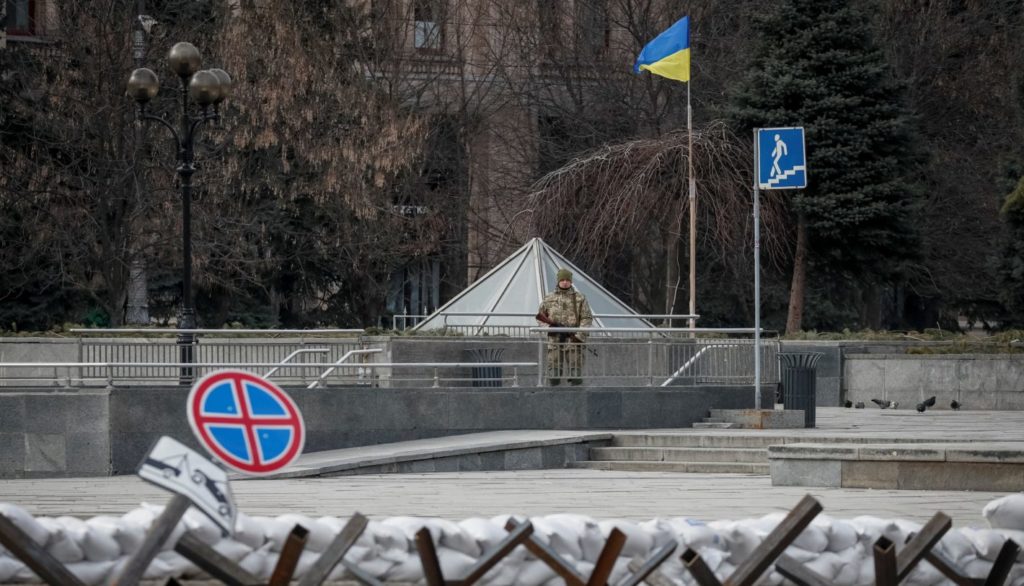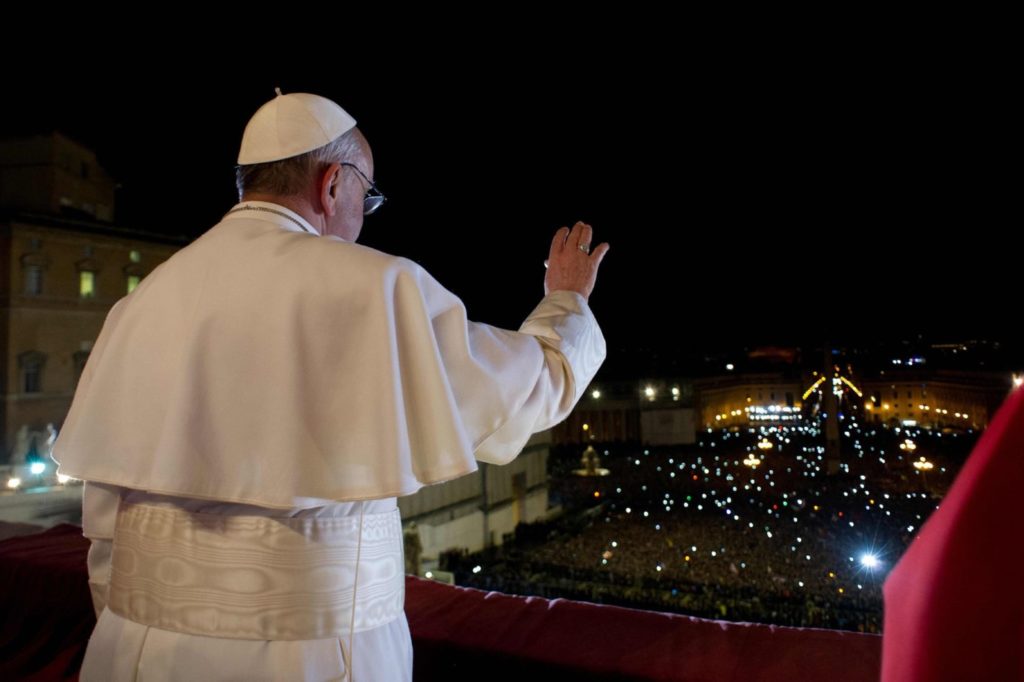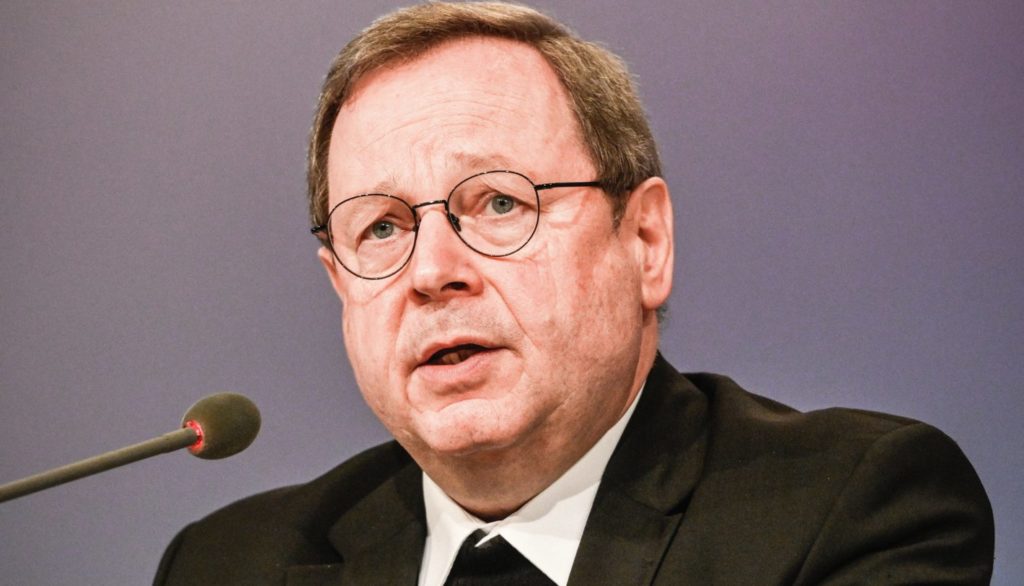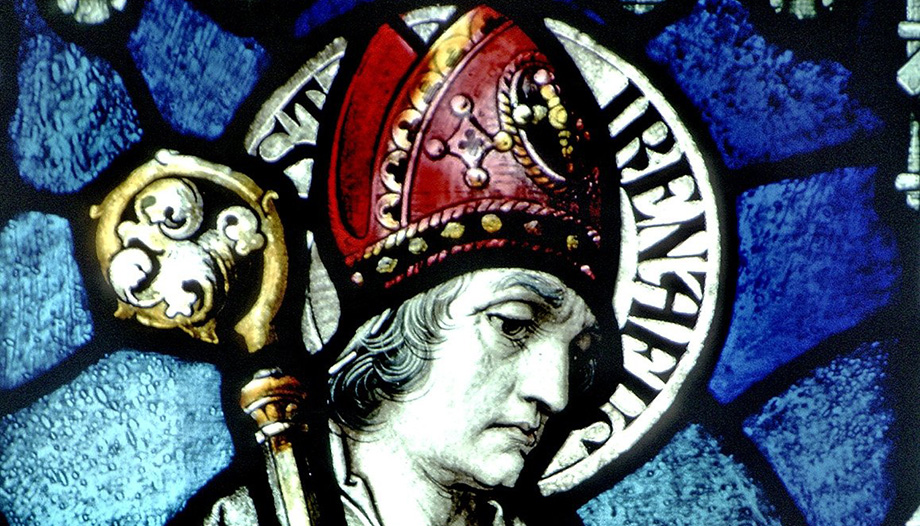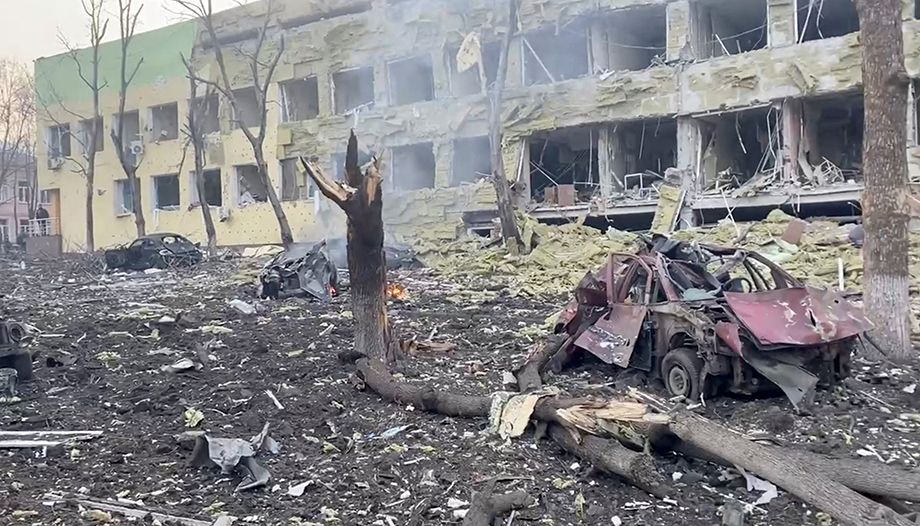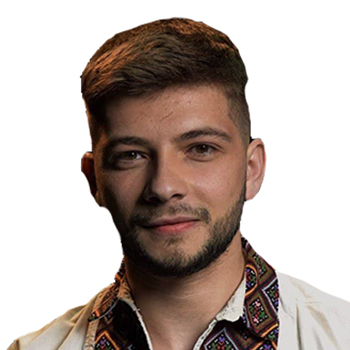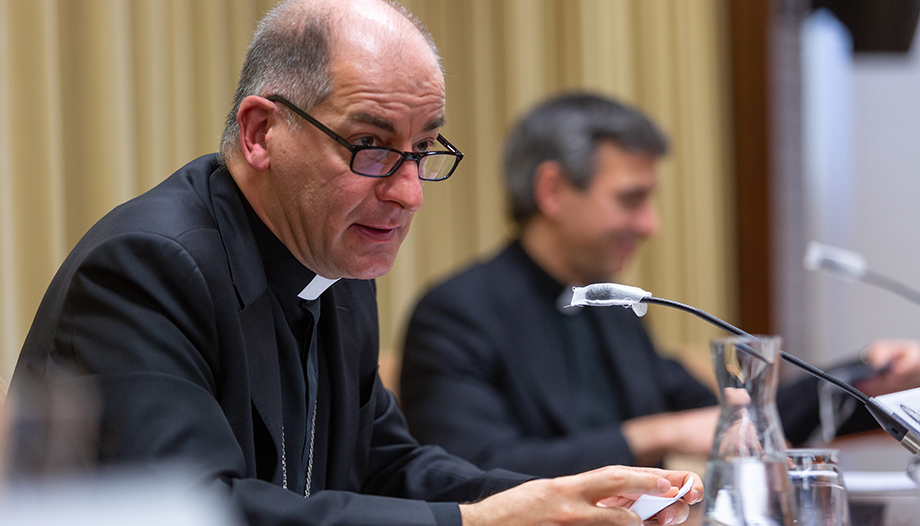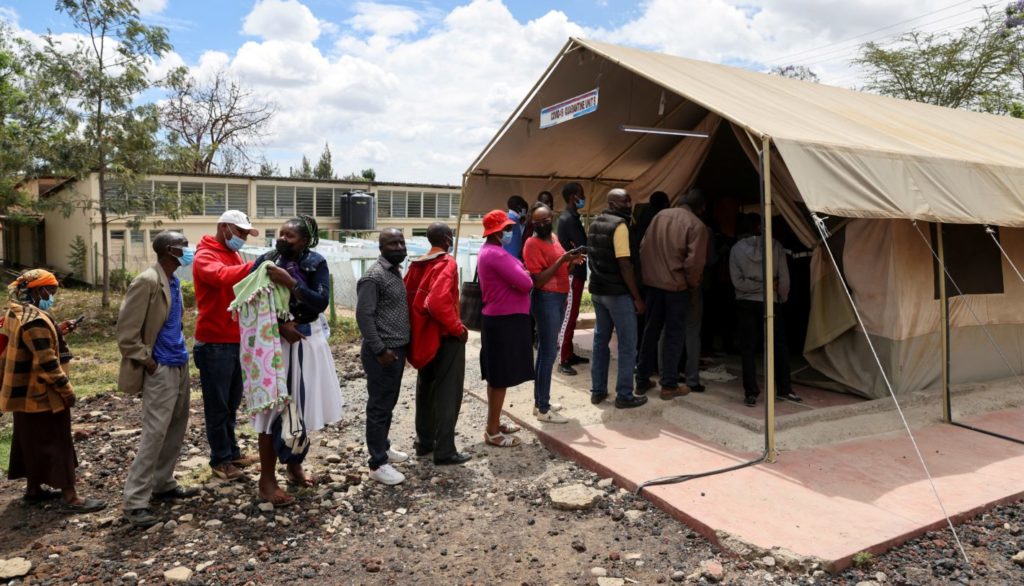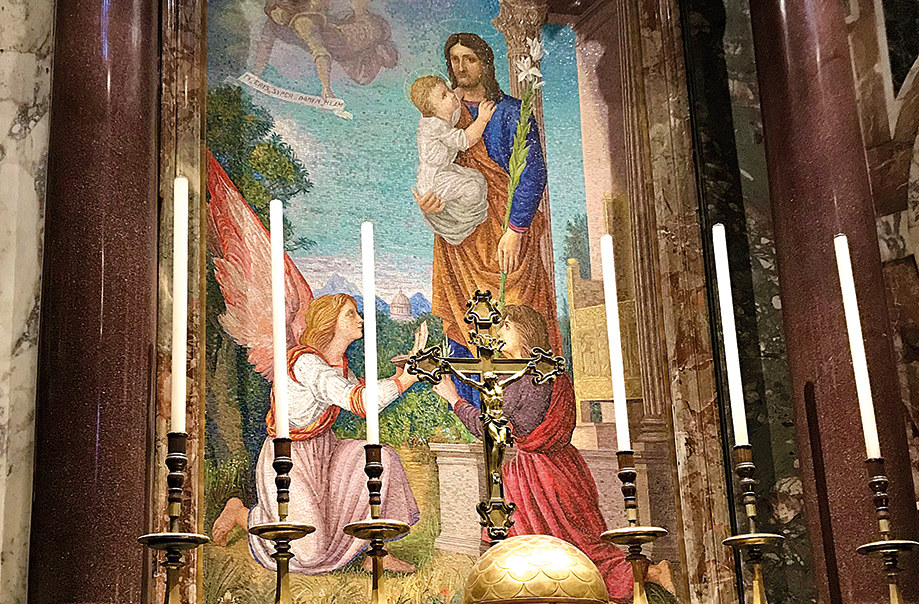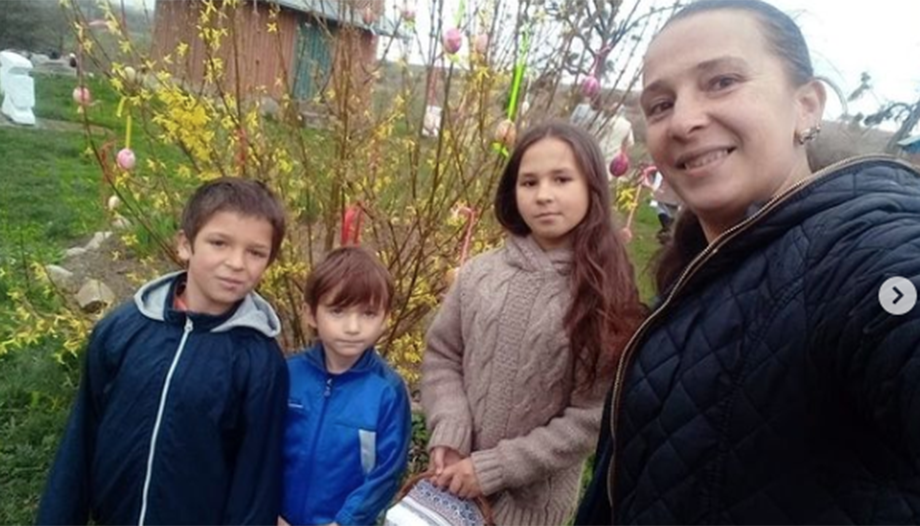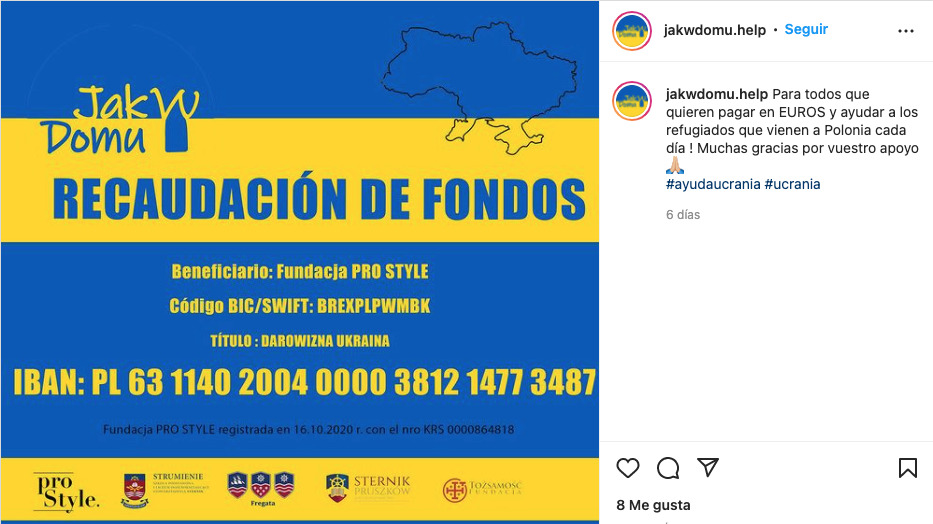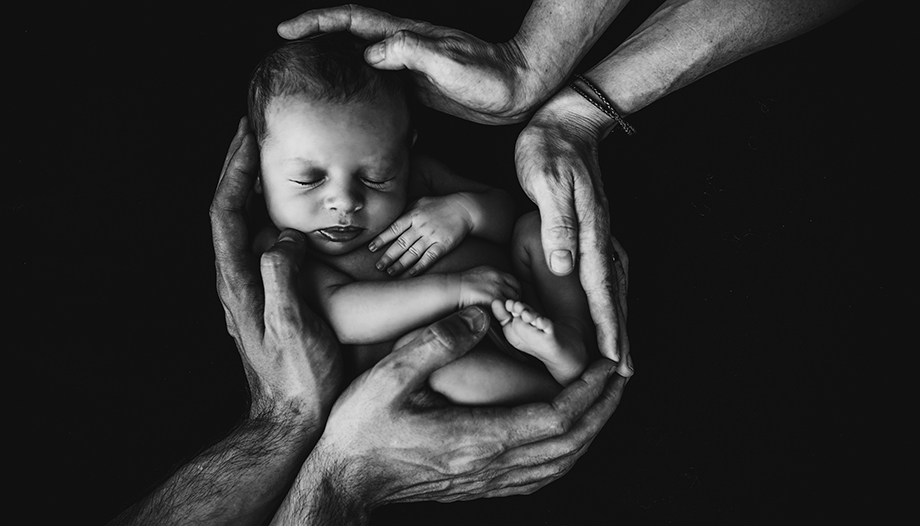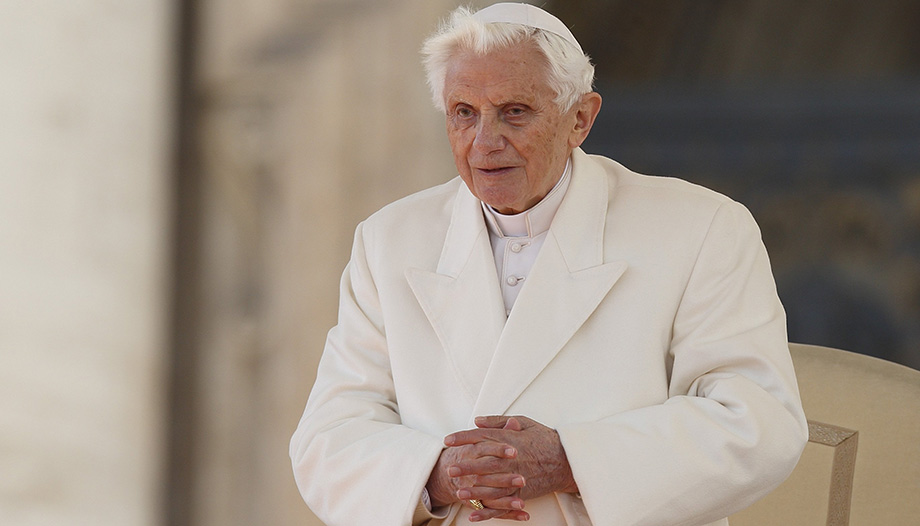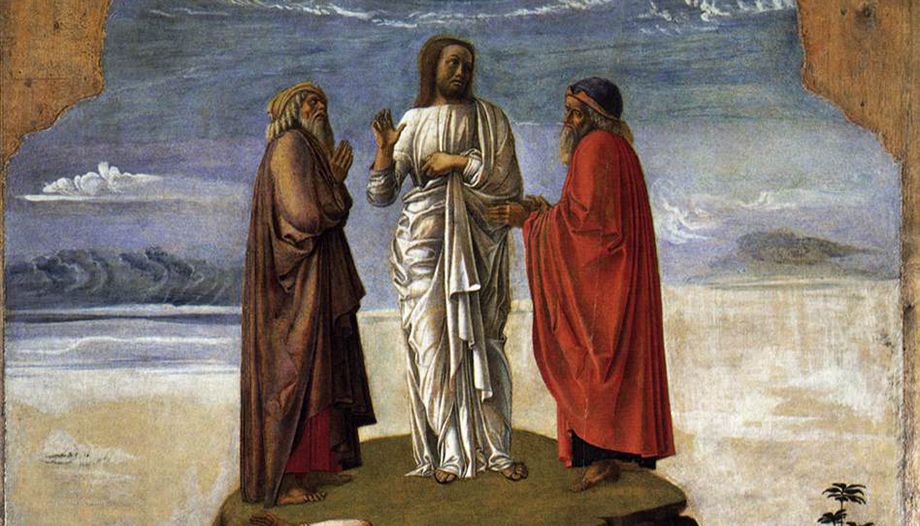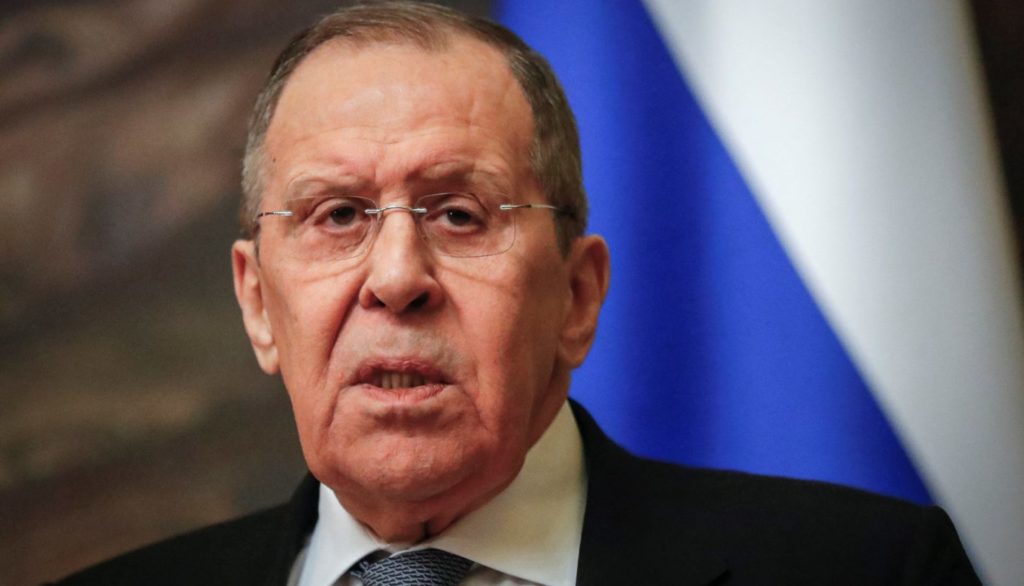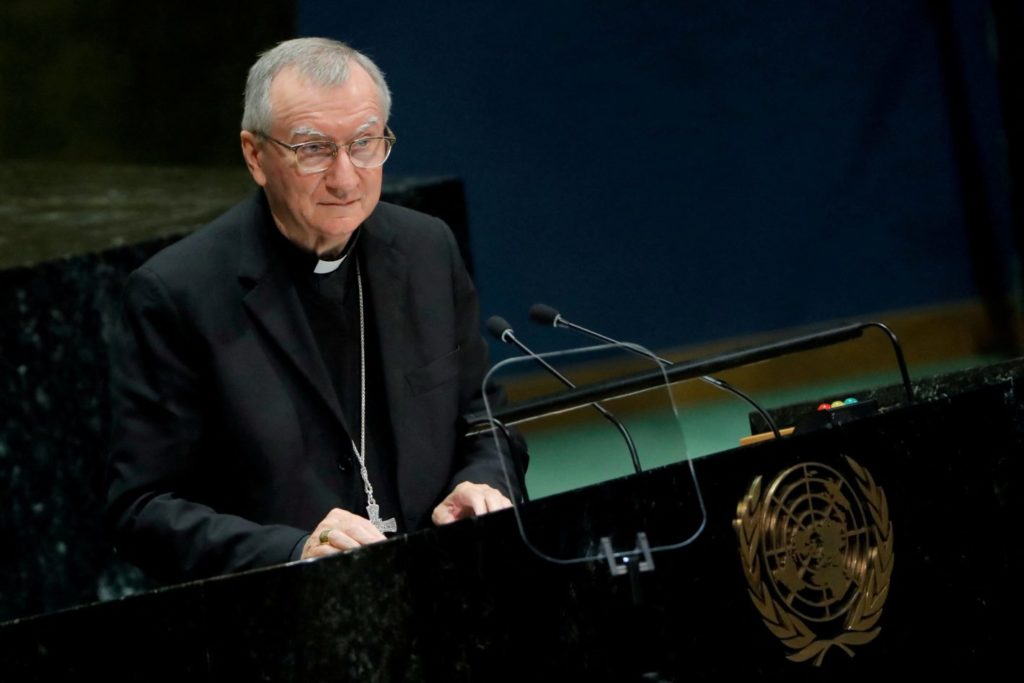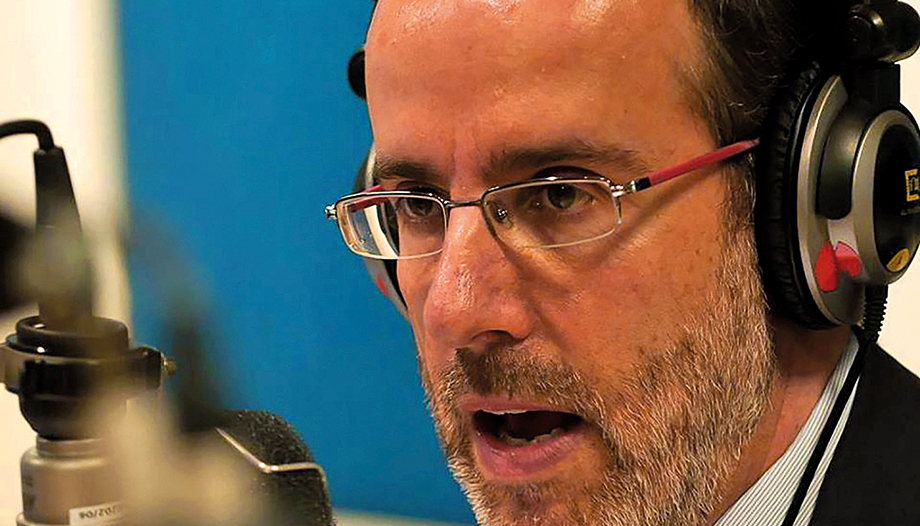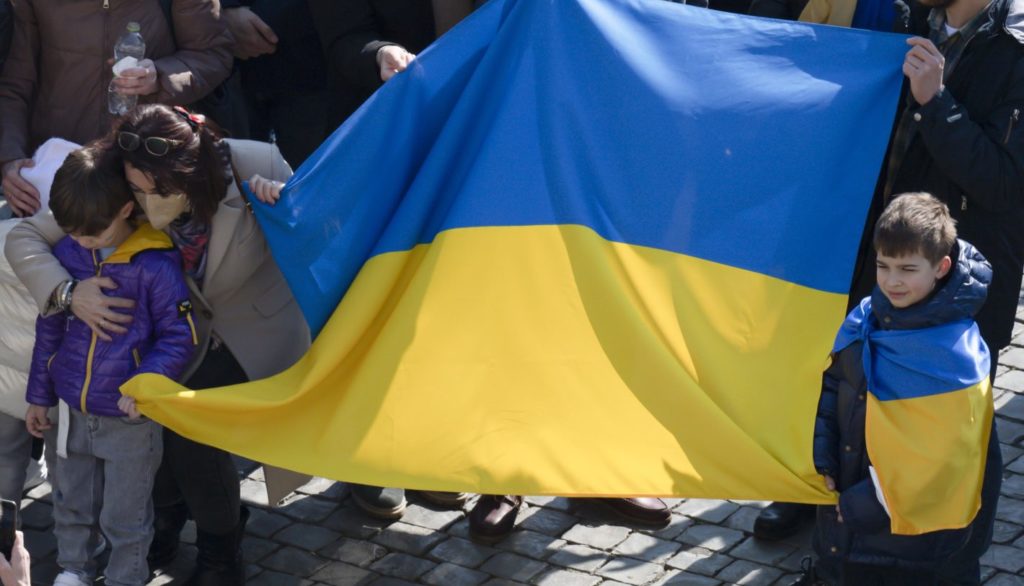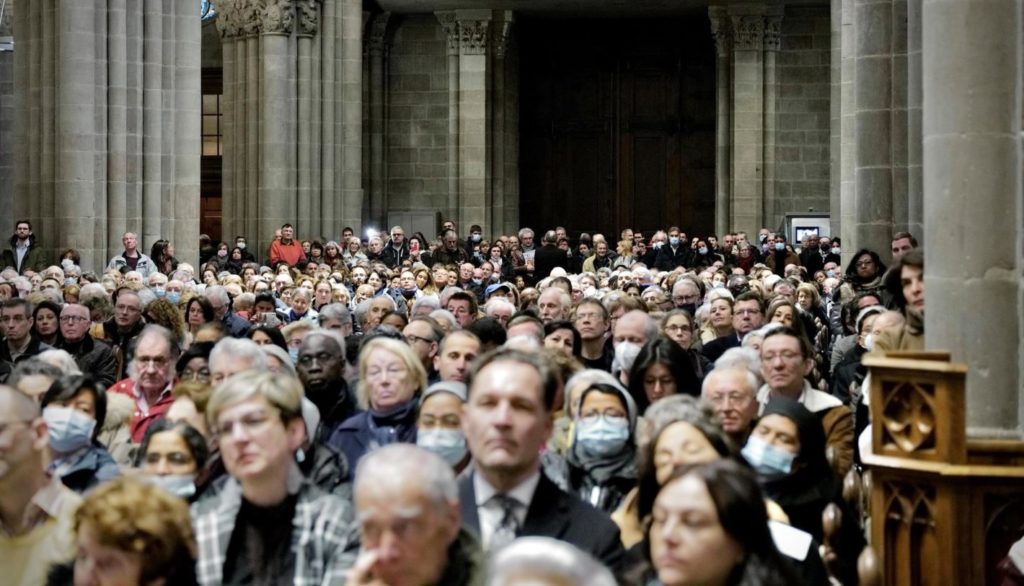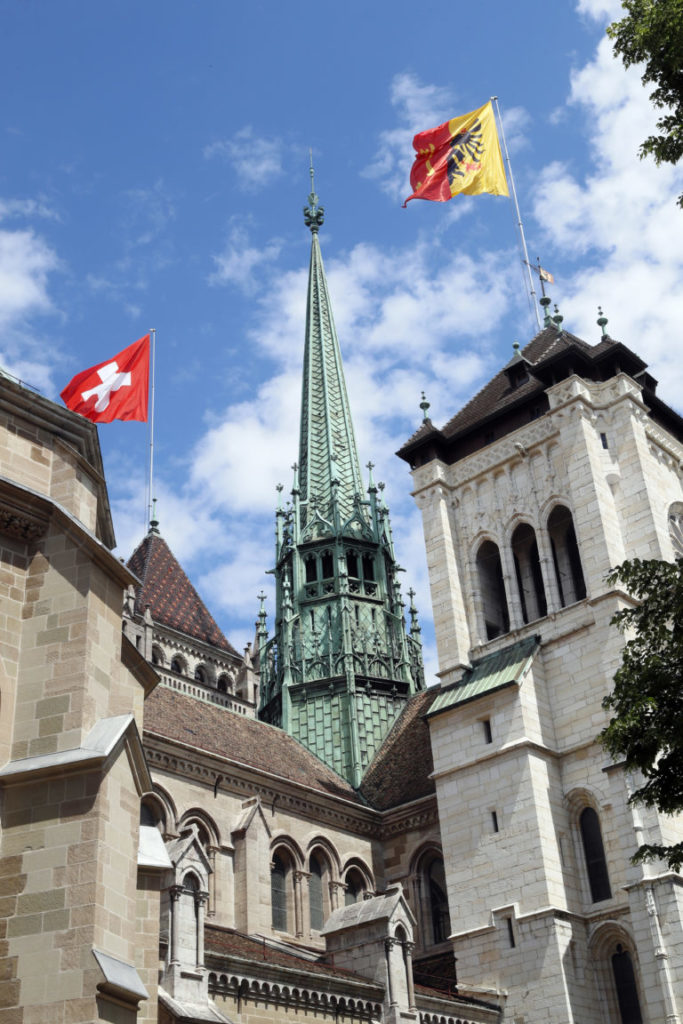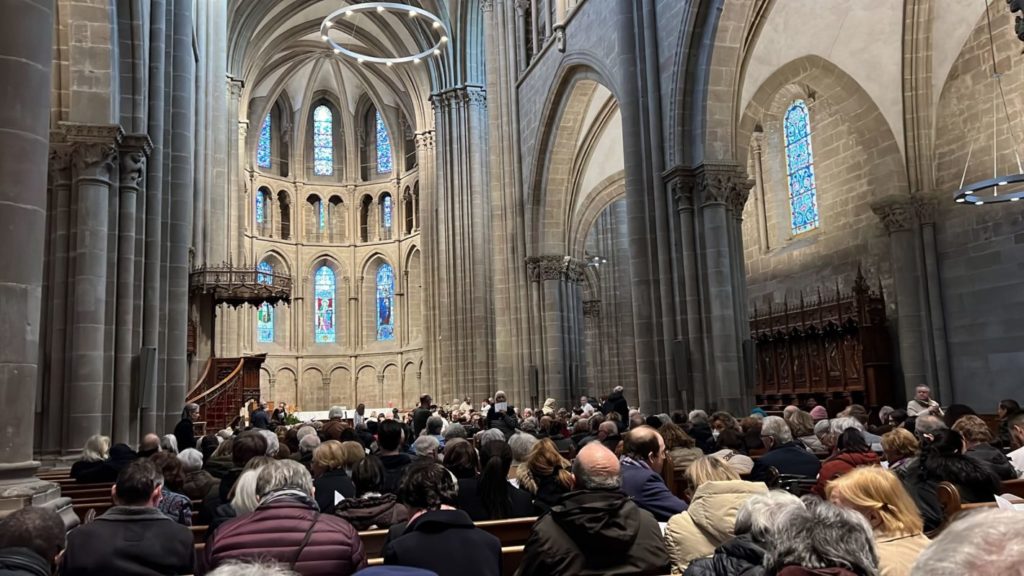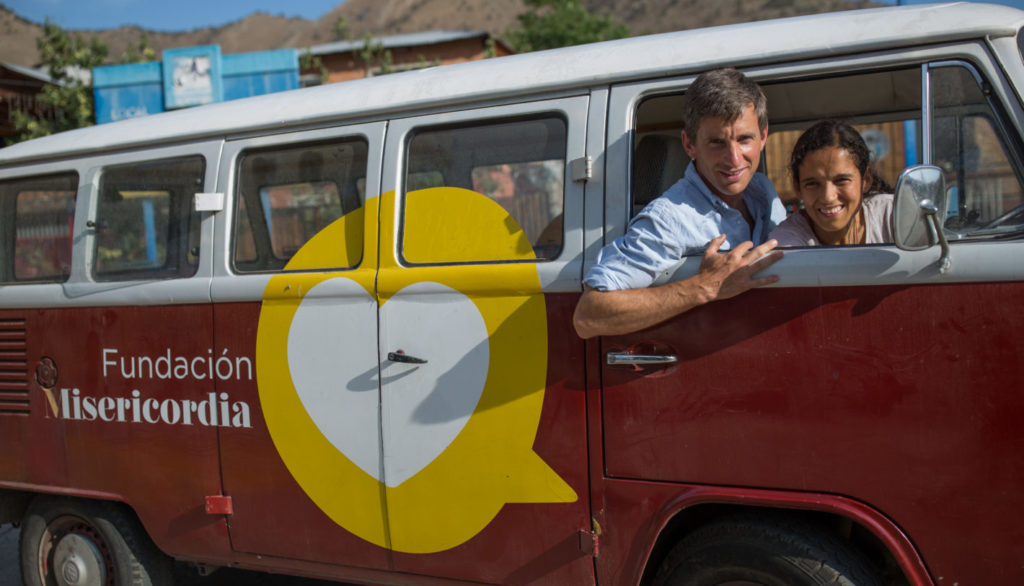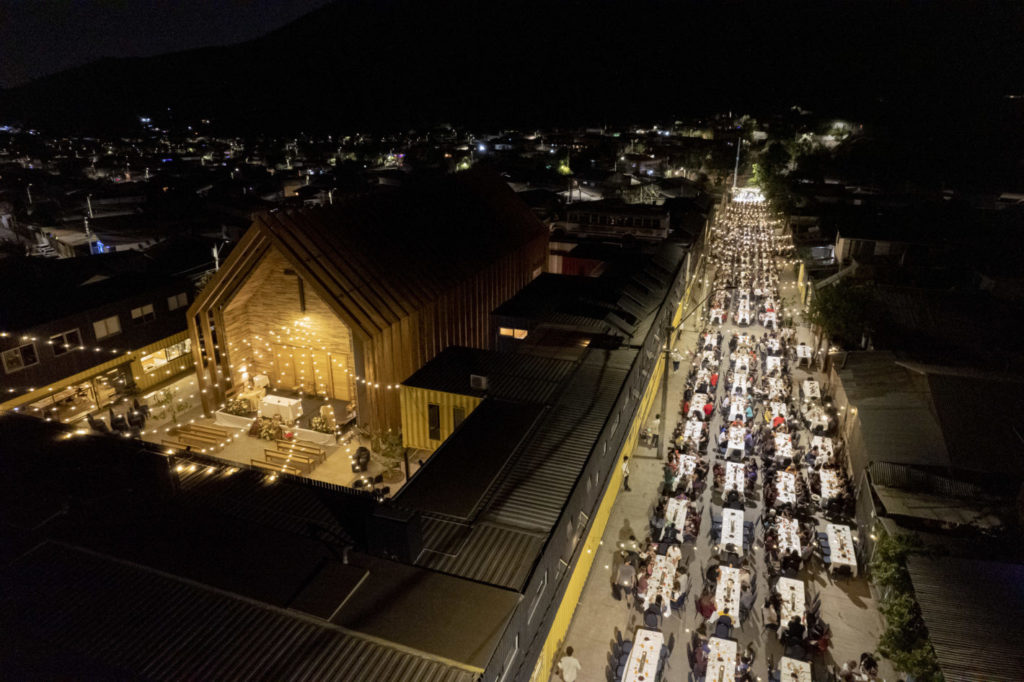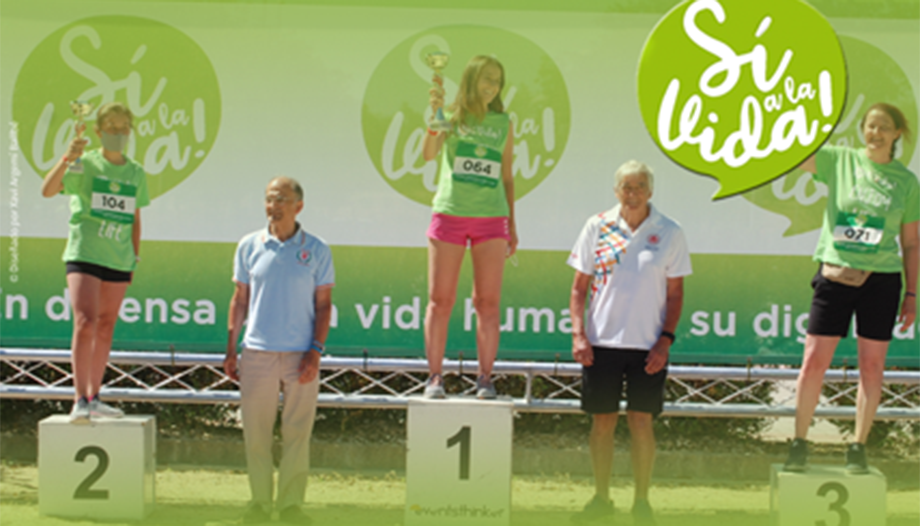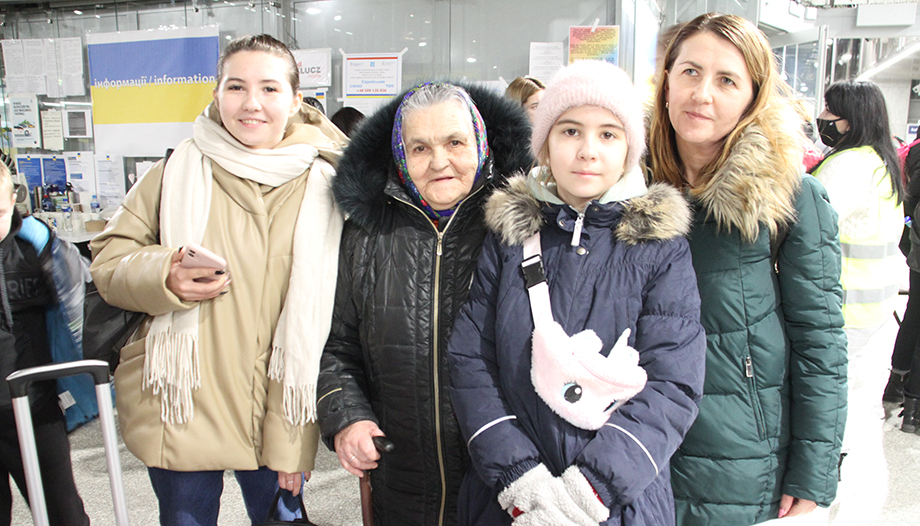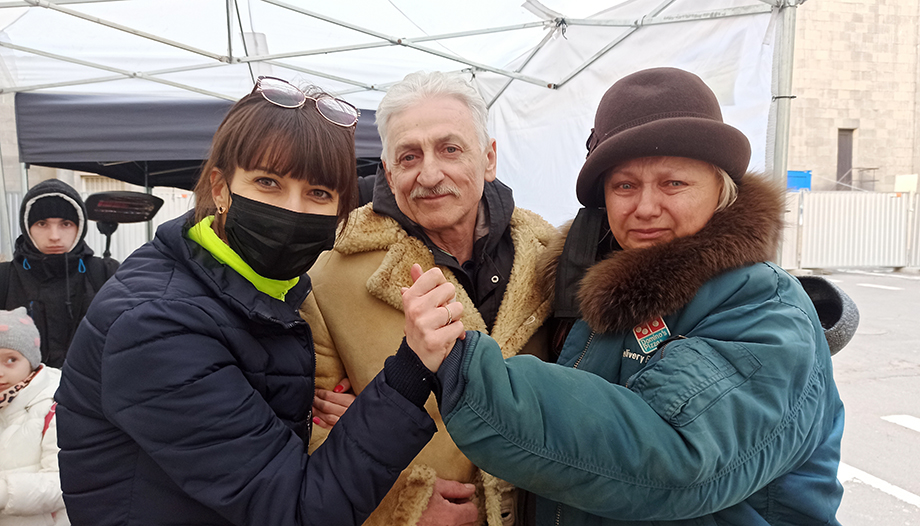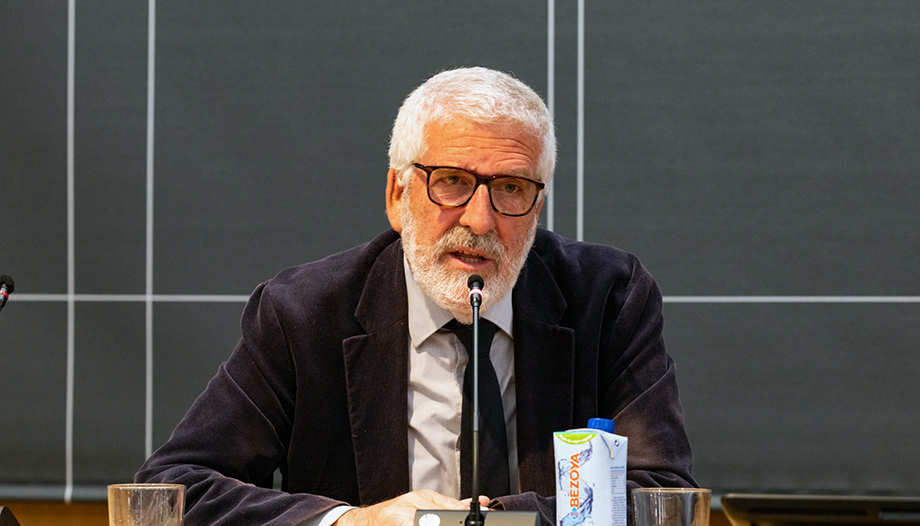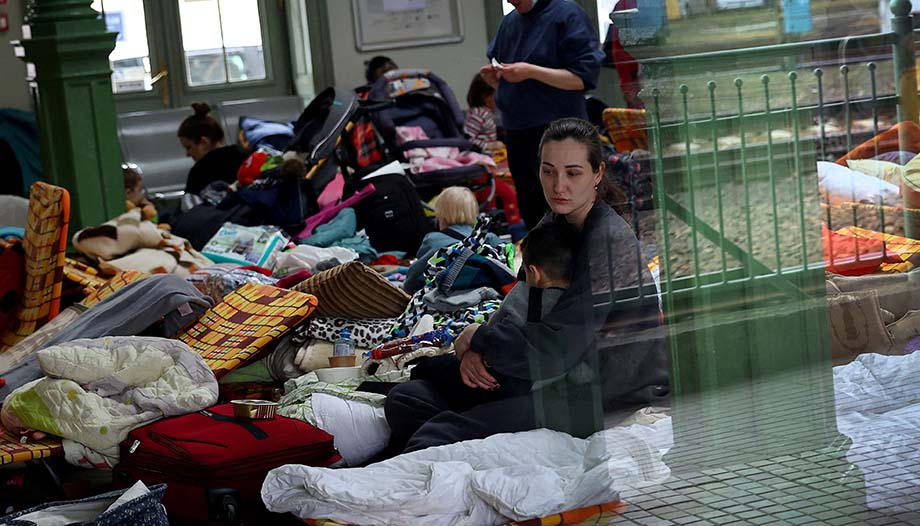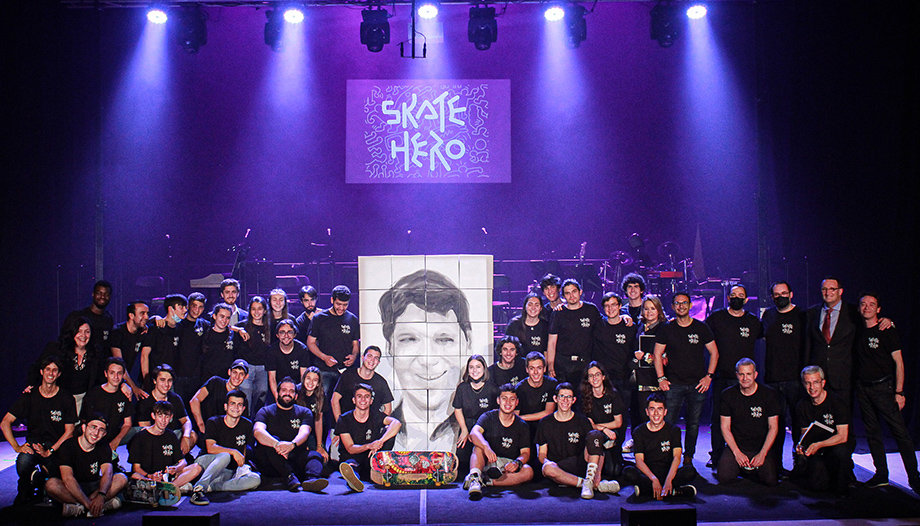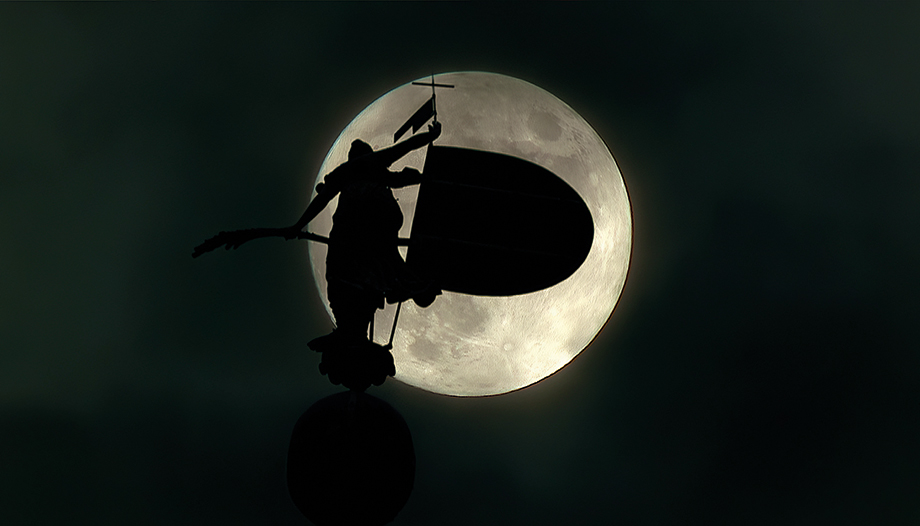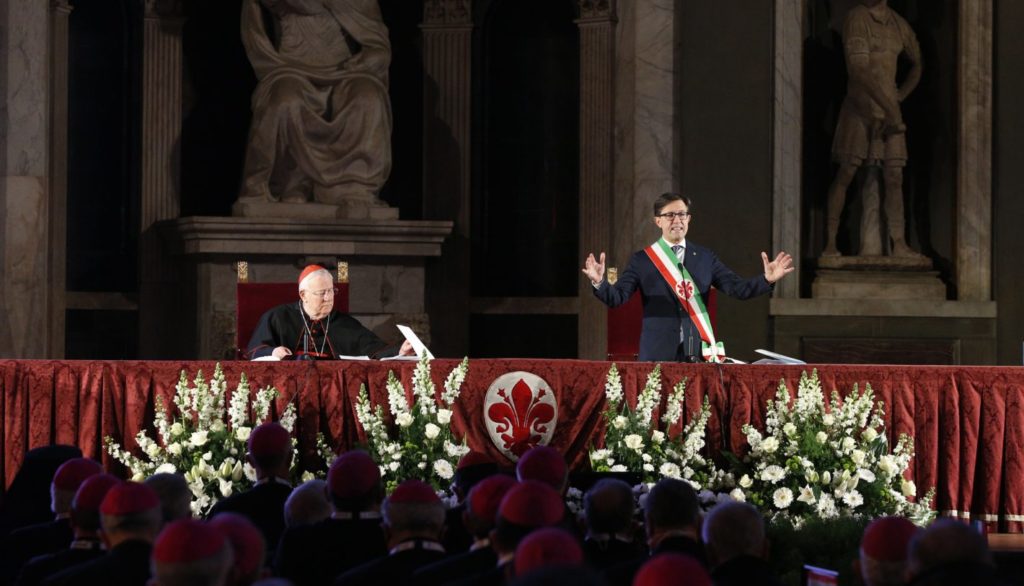The program of the XIII Theological-Didactic Day of the Higher Institute of Religious Sciences (ISCR), scheduled for March 28, is synthetic, but the themes are fundamental. At a time of crisis of transcendence, talking about the meaning of life: who are we? what are we doing here? what is our origin and what awaits us beyond death? and, as a consequence, finding answers to moral questions: how should we live? what should we do or avoid? "are the key to the happiness of any person," explains Don Tomás Trigo, deputy director of the ISCR.
Fermín Labarga, director of the ISCR, will address topics such as the spirituality of the human soul (Prof. Juan Fernando Sellés), death: 'game over' (Rafaela Santos, neuropsychiatrist); and Heaven (Msgr. Juan Antonio Martínez Camino), in addition to the subsequent round table discussion.
In order to explain this Day in more depth, Omnes spoke with Fr. Tomás Trigo.
Let's start with you. When were you ordained a priest? How long have you been at the University of Navarra? What have you most enjoyed about working here?
-I was ordained a priest in 1987, in Rome, by a saint: John Paul II. After seven years of pastoral work in Valencia, I came to work at the Faculty of Theology of the University of Navarra as a professor of Moral Theology. It is a job for which I am very grateful to God, for many reasons. One of them is to have met hundreds of seminarians and priests from many different countries. Really: with time you become convinced that the one who learns the most, the one who is most enriched as a person and as a priest, in a Faculty like this, is you.
He is now deputy director of the University's ISCR. What is ISCR? According to the data, people from 20 countries study here. We assume that not only priests study here, but also lay people. And you have a bachelor's degree and a degree in Religious Sciences and 5 diplomas...
-We are in a historical moment that cries out for all Christians to have a solid and deep doctrinal formation in order to be able to respond to the current challenges, giving reason for our faith and, above all, to know how to discern, in line with cultural changes. It is necessary to read, to understand, to deepen; and those who have responsibilities to form others in any field need to be able to access these studies in an adapted way and the Church has the duty to offer it to them.
The Higher Institutes of Religious Sciences were created to facilitate this formation for lay people and religious by means of a specific academic itinerary which are the Baccalaureate and Bachelor of Religious Sciences, official titles of the Holy See. The ISCR of the University of Navarra is one of the Institutes that offer these studies in a blended learning modality.
In addition, in order to facilitate access to the studies to anyone who wishes to be seriously trained, our ISCR has made a great effort to adapt the classroom teaching to the digital and paper support through the University of Navarra's ISCR Handbook Collection (EUNSA).
This allows us to diversify our training offerings in the form of own titles with modality 100% remote control. These titles, which we call Online diplomas are focused on thematic areas of theology, with some other subjects that complement the formation to respond to current challenges. This is the case, for example, of Diploma of Moral TheologyThe book, which not only studies Christian moral principles in a scientific manner, but also relates them to current issues under debate, such as bioethics or sexual morality.
These diplomas have been running for several years and are currently being studied with us for more than 450 students from various countries in the Americas and Europe, as well as Spain.
Benjamin Franklin (18th century), one of the founding fathers of the United States, said that, in this world, the only sure thing is death and taxes. On March 28th they have organized a conference with a really provocative title: Soul, death and beyondWhy such a title and such a theme? Of course, there is death, and there is a lot of suffering, now in Ukraine, for example.
-The key issue on which we intend to reflect is the meaning of life: Who are we? What are we doing here? What is our origin and what awaits us beyond death? Only from there can we find an answer to the moral question: How should we live? What should we do or avoid?
There is a certain fear of confronting these issues in both the family and academic spheres, perhaps because we do not know how to justify our own convictions. If we want to train parents and educators, which is the main goal of the Higher Institute of Religious SciencesWe must seriously face these issues, which are the key to the happiness of any person. The fact is that, without answering these big questions truthfully and truthfully, it is impossible to understand why such a way of acting is right or wrong. Choosing one path or another always depends on where you want to go.
Tell us more about the specific topics, and the speakers you have invited. Let's go with the human soul, for example.
-The first topic we are going to deal with is the spirituality of the soul. We will do it from the hand of Mr. Juan Fernando Sellés, Professor of Philosophical Anthropology at the University of Navarra. We want a philosopher to expose the rational arguments that support the truth of the spirituality of the human soul and, therefore, of its immortality. Some Greek philosophers, such as Plato and Aristotle, have already reflected and shed much light on this truth. Today there are Christians who, through faith, are convinced that the human soul does not die, but perhaps they do not know how to explain on what basis this reality, so important for our life, is based: we have a beginning in time, but we are eternal.
The beginning and the end of life are also studied in Moral Theology. On the 28th there is a neuropsychiatrist who will speak about death: game over? Is death the end of the game, the end of the game? In case you wish to comment.
-Yes, it will be the Doctor of Medicine and specialist in Psychiatry Rafaela Santos. She will speak precisely about that event that is even more certain than taxes: death. There is a lot of fear to think about that moment that will come, sooner or later, for each and every one of us. But fear cannot make us give up thinking. We are interested in knowing whether or not death is indeed the end of the game.
Some think it is, that with death personal existence ends. But if we take this idea seriously, and not just as a facade, life becomes absurd, freedom is without purpose, suffering is meaningless and it is... insufferable. What to do? One answer would be: "Let's eat and drink, tomorrow we die"; let's focus on ourselves and make the most of the present moment to enjoy to the fullest, even if it is at the expense of other people's happiness.
It is not surprising that when it is impossible to enjoy oneself because of pain, physical or moral suffering, or because one loses the only thing one considered a treasure (for example, the esteem of others, health, well-being, money or power), one resorts to suicide.
It is necessary to face existence. This is fundamental. To run away is cowardice, an escape through the wrong door. Whoever wants to be happy must face reality, try to understand it, ask and ask questions, without fear, search if necessary under the stones, until he finds the true meaning of his life.
Many of us are convinced that death does not have the last word, because we are eternal. But how can we live taking into account that this life on earth has an end? Can we live with joy and serenity even knowing that death can come at any moment? Can we prepare ourselves for death? I believe that Dr. Santos will help us answer these questions.
The sky. Heaven will also be discussed on this Day. I don't know if we hear much talk about heaven, and it is hopeful...
-Yes, as you say, we don't talk much about heaven, nor do we think about it, and that's a pity, because there is no more hopeful truth. Because heaven is what we all aspire to in the deepest part of our being. To think, to love and to feel loved by the Love that creates us, accompanies us and waits for us on the other side of the "door" is the only way to joyfully travel the road of life: a road sometimes long and heavy, uphill, with pleasant moments, but also with sorrows and sufferings.
Juan Antonio Martínez Camino, Auxiliary Bishop of Madrid, whom I thank very much for agreeing to participate, despite his many pastoral occupations.
In the Diploma of Moral Theology, among other questions, you explain the theological virtues, faith, hope, charity, love, their practical exercise. Do we lack hope? Do we believe too little? Do we love too little? Perhaps our happiness is at stake. Give us some clues.
-The three theological virtues are necessary to unite us to God and to live in intimate friendship with him already here, in this life. But I would like to focus on hope, of which we have just spoken.
Charles Péguy said that charity is an ardent mother, all heart, and hope is a little girl of nothing. But that little child of nothingness will cross the worlds, carrying faith and charity; "it will cross," he says, "the worlds that have come to an end. A flame will pierce the eternal darkness".
Without the hope of Heaven, of being forever with God, we would not even take a step on the path of Life, which is Christ himself. On other roads, on the road of eternal darkness, perhaps yes, but not on the road that leads to Life.
We need this virtue very much. When supernatural hope is lived, we have absolute trust in God, we abandon in Him all the worries that weigh us down, we live with a joy and peace that no one but Him can give us, and we can say that, even in the midst of setbacks, we are happy.
But Moral Theology is not only concerned with these virtues. It also deals with ethical questions that are more difficult to deal with, right? In Germany, for example, various issues of sexual morality, among others, are being discussed.
-Yes, in Moral Theology we also study virtues such as prudence, justice, courage or temperance, and within this, the virtue of chastity. All of them are necessary to be good people and to make others happy.
Questions of sexual morality have no more difficulty than those related to justice. Let me explain. The problem of sexual morality is not that it is a more difficult subject to understand than justice and respect for human life. The real problem of morality lies at a deeper level: it is the one pointed out with great clarity, in 1993, in the famous encyclical Veritatis splendorof St. John Paul II. This problem consists in opposing truth and freedom.
I sincerely believe that all virtues and values are equally problematic for a person who considers himself to be the autonomous source of truth, of values; the master of good and evil. And all the virtues are precious, joyful, for the person who sincerely seeks the truth about the good and tries to live it with the help of God and others. I believe that the key lies there, and not in the difficulty of understanding a specific virtue such as chastity.
We have noticed the gratitude of students and alumni for the diplomas and these programs. And they tell us that there are teachers and professors, managers, consultants, doctors and scientists, engineers, communicators, catechists, parents, and religious and lay people from all movements of the Church, men and women. Any comments?
-Only one. The Pope is constantly calling all the People of God to the conversion of the Spirit, and this conversion involves knowing in depth the message of Christ and creating an intimate space to rejuvenate the Christian life and the Church. We are very happy to know that we are putting our efforts at the service of this urgent call of the Holy Father. When we see some fruit, which manifests itself in the form of grateful witness, we thank God, for He alone has the merit. May we not stand in His way....
We conclude our conversation with Mr. Tomás Trigo. Juan Fernando Sellés is professor of Philosophical Anthropology at the University of Navarra; Rafaela Santos is executive president of the Humanae Foundation and author of books on resilience, such as 'My Roots', which I would like to recommend; and the talk by Bishop Martínez Camino is entitled 'Heaven. From Utopia to Hope'.





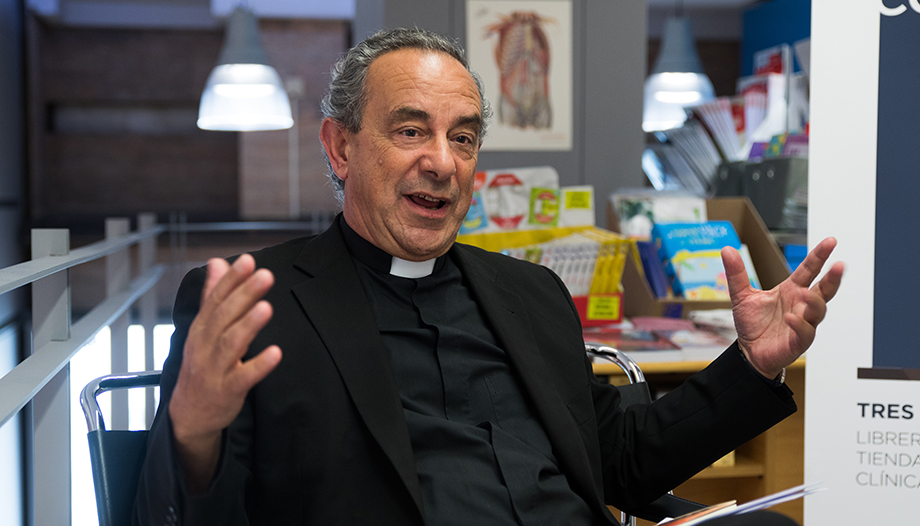
 "God has been bringing out good in each person during the pandemic."
"God has been bringing out good in each person during the pandemic."